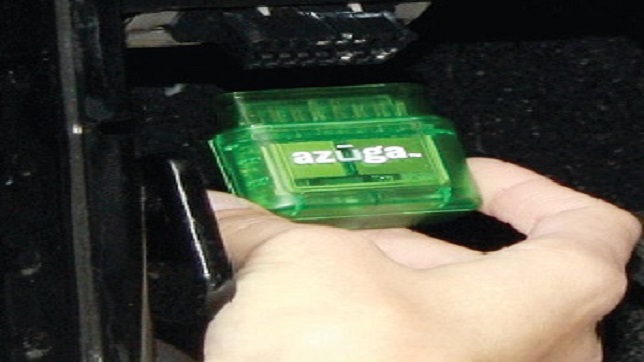Telematics to save fuel costs
Rising fuel prices can be a real drain on money, resources and fuel availability. Responding to this pressure, telematics as a system can help fleet managers to save fuel and cut costs. From optimizing individual driving behavior to monitoring efficiency across the fleet, telematics gives us the tools we need to generate instant fuel savings. From an environmental perspective, telematics can be considered as the actions that reduce fuel consumption, such as eliminating speeding, harsh acceleration and idling, also reduce CO2 emissions. Companies can therefore save money while at the same time displaying their green credentials.
To most fleet managers, the impression that driver habits can meaningfully impact fuel frugality is well acknowledged. It’s the target that is easy to achieve, for making an immediate impact on fuel consumption. For example, aggressive driving behaviors such as speeding, rapid acceleration, and hard braking can reduce fuel mileage by as much as 33 percent at highway speeds and by 5 percent around town, according to the U.S. Department of Energy’s FuelEconomy.gov.
There are many surveys and reports generated on the role of driving behavior and fuel economy, a road test performed by Edmunds.com determined that restrained driving behaviors achieve up to 37 % of fuel savings compared to hostile driving strategies and staying within the speed limit generates up to 14 % of reduction in fuel consumption.
Therefore, Telematics systems using GPS tracking can be configured to capture real-time data on aggressive driving behavior and send alerts to fleet managers when a speeding, harsh braking, or hard acceleration event occurs. This way, fleet managers can quickly identify and address high-risk drivers and save on fuel consumption or prevent reduction of more fuel usage.
The improvements to operational efficiencies discussed, can help fleets to save fuel by reducing journey times and ensuring mileage is kept as low as possible. However, telematics can help in other ways, such as monitoring driver behaviour and identifying practices that waste fuel including engine idling and over-revving. With this information, fleet managers can educate drivers to eradicate bad habits and reduce the amount of fuel they use.
The biggest areas of fuel usage are excessive speed, unauthorised use, idling and theft.
Speeding of fleets is an unbeaten area to monitor and telematics can be of much help. Just let fleet drivers know you are watching by installing a telematics device, and they’ll automatically start to slow down. Other tips for savings fuel while driving acclaim gentle accelerations and limited harsh breaking. Both of these can be measured using telematics and then used to change driver behavior. Unauthorised use is something small and medium businesses focus on and that too can be set apart with the help of telematics. So the return on investment for telematics can be covered with savings in fuel alone. And if there were no upfront costs only a monthly fee, the savings would be instant and ongoing each month.
Therefore, the cost of fuel – one of the biggest drains on a fleet business ecosystem, can be immensely effected by telematics system on hand — which can significantly make savings on fuel costs easier.


